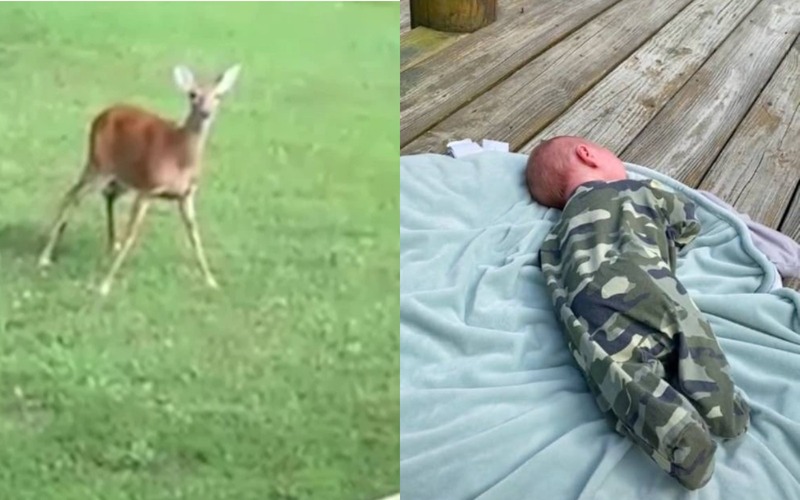More than thirty years have passed since the technogenic disaster at the Chernobyl NPP( nuclear power plant ). The level of radiation was destructive both for people and animals , inasmuch as the deserted lands are still called the exclusion zone and only a couple of hundred self-settlers live there. But the nature conquered the areas once mastered by a human.
With the abolition of the USSR, the depopulated areas went in for two states, Ukraine and Belarus. Two years have passed after the tragedy when the Belarusians organized the Polesie radiation ecological reserve in the contaminated territories.

The welfare and safety of animals are strictly monitored there. Special care is taken of the Res Book bison , the inhabitant of Polesye. Hundreds of animals were brought here in the 90s, in the hope that the bisons will take root in their natural environment and will be able to restore the population without obstacles. Mighty animals are known here “ by sight “ and are fed with hay in the cold season.
The most terrible predator is a man and the noble bisons were on the edge of extinction due to the fault of poachers. From time to time, bulls wander into the area of Ukraine and the local zoologists have not once recorded their presence with the use of camera traps.

One more successful environmental experiment is the introduction of the Przewalski horse into the territory of the exclusion zone. Though this species is native to Asia, scientists decided to risk , because of the fact that the horses survived only in captivity. At the beginning of the 90s, 30 individuals were released which feel rather good and have already managed to increase the livestock naturally.
And in 2016 the reserve was created in Ukraine as well. There are a myriad of wild boars, deer, lynxes, wolves, bears, as well as rare and endangered species in natural conditions which are included in the European and world animal protection lists.

Birds feel especially at ease here. The Chernobyl zone is crossed by their migration routes. More than 30 species of Res Book feathered animals are observes by scientists, and there are about 250 of them here.
Secondly, animals don’t live long in the wild and for this reason they don’t manage to accumulate a critical dose of radiation.
What concerns the third factor, in most cases the decisive is the absence of a person in their locale. As practice shows animals are devoid of mechanism that would help them cope with the influence of humans on the environment.










